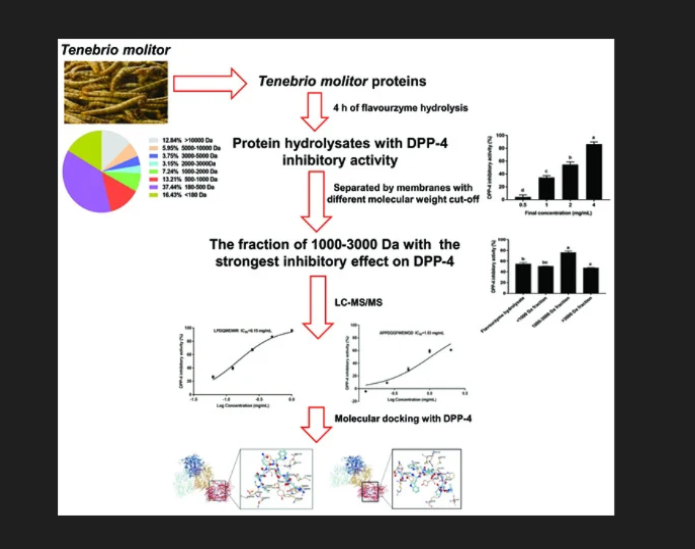Improvement of Color Removal by Sodium Metabisulfite and Ammonium Persulphate on Syrup Talodora Clarification Process
This study aimed to improve the color removal of talodora syrup by using sodium metabisulfite and ammonium persulphate, which have a very important effect in the bleaching process. The behavior of the materials used at different concentrations on Brix and the pH of the syrup was studied, as well as the color removal efficiency. Experiments were carried out at Hawamdia sugar refinery factory, Giza Governorate, in the General Administration for Quality and Control, during September and October 2022. The results showed that the rate of decolorization of the samples increased with the increase the concentration of the additives. The best color removal of the syrup is 60.4% when using Sodium metabisulfite at a concentration of 550 ppm on the processed syrup. While the best color removal of the syrup was 35.2% when ammonium persulphate at a concentration of 800 ppm was added to outlet syrup of talodora when compared to color of outlet syrup of talodora. On the other hand, it became clear that the removal color of the syrup when adding the material at the same concentration to the treated syrup was 70.2%, when compared to the color of the syrup inlet talodora. Through the results obtained, it was clear that ammonium persulfate was better than sodium meta sulfite of its effect on removing the color of syrup.
 Do you have any questions?
Do you have any questions? 

